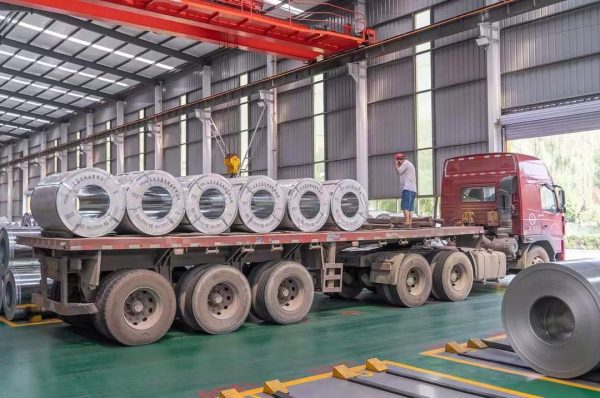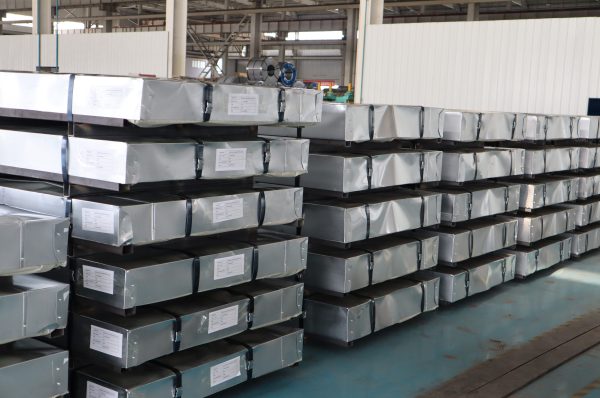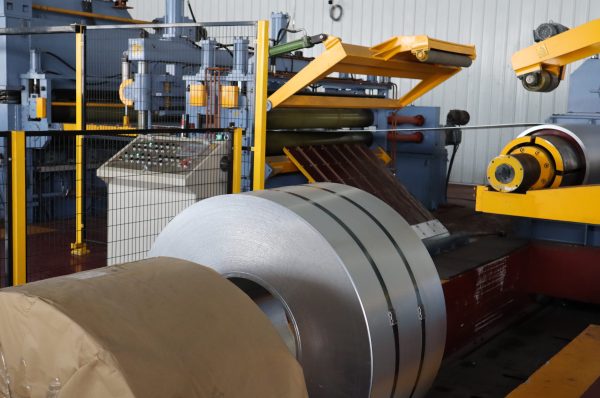Automotive steel is a cornerstone material in the automotive industry, essential for producing components that meet stringent standards of safety, durability, and performance. Automotive steel grades are specifically designed to offer a balance of strength, ductility, and resistance to various conditions. This article explores some of the most common grades of automotive steel, detailing their properties and typical applications.
1. AHSS (Advanced High-Strength Steel)
AHSS encompasses a range of steel grades that provide higher strength compared to traditional steels. These grades are crucial for enhancing vehicle safety and reducing weight.
- DP (Dual-Phase Steel): DP steels feature a combination of ferrite and martensite, providing both high strength and good ductility. This makes them ideal for automotive components like doors and bumpers, which need to absorb impact energy while maintaining structural integrity.
- TRIP (Transformation-Induced Plasticity Steel): TRIP steels offer high strength and exceptional ductility through their unique microstructure, which transforms during deformation. They are used in parts requiring superior impact resistance and energy absorption, such as crash zones and reinforcements.
- MS (Martensitic Steel): MS steels are characterized by high tensile strength and hardness, suitable for parts that must withstand significant stress. They are commonly used in safety-critical components like bumpers and crash bars due to their ability to absorb energy during collisions.
2. HSLA (High-Strength Low-Alloy Steel)
HSLA steels are designed to deliver higher strength while maintaining good formability and weldability. They contain small amounts of alloying elements such as chromium, molybdenum, or vanadium, which enhance their mechanical properties.
- Applications: HSLA steels are widely used in automotive frames, chassis, and structural components. Their improved strength-to-weight ratio helps in reducing vehicle weight and improving fuel efficiency without compromising safety.
3. IF Steel (Interstitial-Free Steel)
IF steels are known for their excellent formability and surface quality due to the reduction of carbon and other interstitial elements. This results in high ductility and smooth surfaces.
- Applications: IF steels are commonly used in automotive exterior panels, such as doors and hoods, where smooth surfaces and ease of shaping are critical for aesthetic and functional purposes.
4. ECS (Electrogalvanized Steel)
ECS involves coating steel with a thin layer of zinc through an electroplating process, providing corrosion resistance while maintaining a high-quality surface finish.
- Applications: ECS is used in automotive body panels and components where both corrosion protection and an attractive appearance are important. The electroplating process ensures a uniform coating that adheres well to the steel surface.
5. GIGA (Galvannealed Steel)
GIGA refers to galvanized steel that has been heat-treated to create a zinc-iron alloy coating. This coating enhances corrosion resistance and improves paint adhesion.
- Applications: GIGA is used in automotive parts requiring durability and a high-quality painted surface, such as exterior panels and structural components. The enhanced coating helps in resisting rust and maintaining paint integrity.
6. SAPH (Steel for Automotive Pipes and Hollow Sections)
SAPH steels are specifically designed for automotive pipes and hollow sections. These steels provide good weldability, formability, and strength.
- Applications: SAPH grades, including SAPH310, SAPH370, and SAPH400, are used in exhaust systems, chassis components, and other tubular parts. They offer varying levels of strength and performance based on specific requirements.
7. Dual-Phase (DP) Steel
Dual-Phase (DP) Steel is notable for its high tensile strength and good formability, which result from its dual-phase microstructure of ferrite and martensite. This structure allows for superior energy absorption during impacts.
- Applications: DP steel is extensively used in automotive structural components that require a combination of strength and flexibility. It is especially effective in safety-critical applications, contributing to overall vehicle safety.
8. Stainless Steel
Stainless Steel is used in automotive applications where corrosion resistance and high durability are required. Although less common than other automotive steels, it is still essential in specific contexts.
- Applications: Stainless steel can be found in exhaust systems, trim components, and underbody parts exposed to harsh environments. Its ability to withstand extreme conditions makes it suitable for long-lasting automotive applications.
Conclusion
Automotive steel grades are engineered to meet the rigorous demands of modern vehicle design, from safety and strength to formability and aesthetics. Each grade, from advanced high-strength steels like DP and TRIP to specialized coatings like ECS and GIGA, offers unique properties that enhance the performance, safety, and longevity of automotive components. Understanding these grades helps manufacturers select the most appropriate materials for their applications, ensuring that vehicles are both efficient and reliable in diverse driving conditions.



